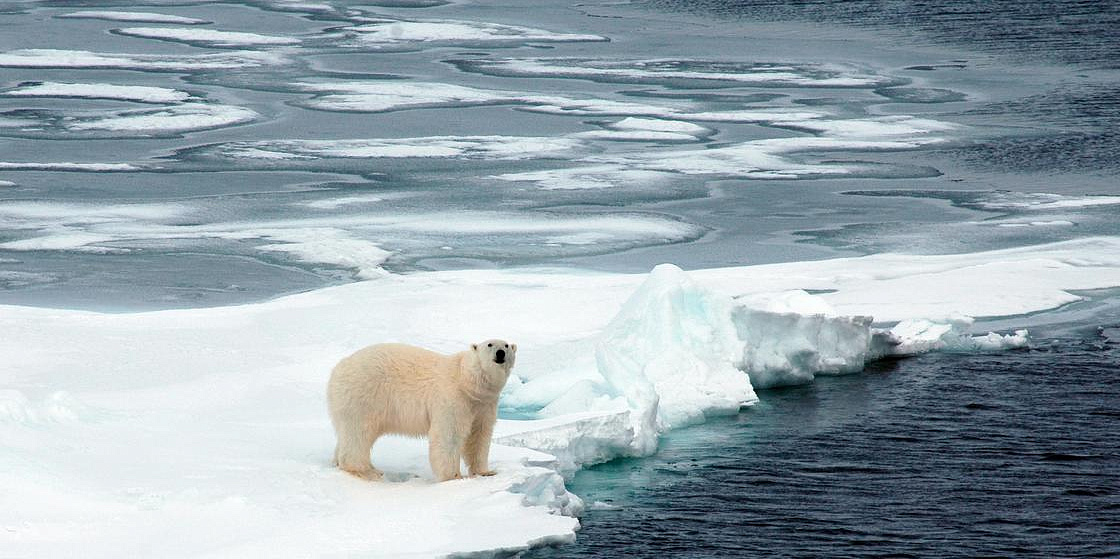
Photo: Nikitin Yaroslav/GeoPhoto.ru
Arctic Freight, Polar Bears, and Hawk Patrols
According to the Russian port authority, in January-July 2021, this country’s ports handled a total of 482.88 metric tons of cargo, which is 1.5 percent more than during the same period in 2020. In turn, the Russian Arctic ports handled some 11 percent of this amount, or 54.75 million tons of goods.
Yesterday, on 11 August, an expedition set off to the Northern Arctic seas from the city of Arkhangelsk to monitor the populations of the endangered northern species such as the polar bear and the arctic walrus. The expedition, which will collect data regarding the populations of the mentioned species and their migration patterns in the Kara Sea, the Barents Sea and in the vicinity of Franz Joseph Land, was sponsored by Rosneft, Russia’s major oil exporter.
Dump sites in the Arctic are known to be an environmental challenge -- including for the reason that they give shelter and food to huge populations of so-called trash (or garbage) birds such as seagulls and crows. This is especially true for the Murmansk region, one of the most densely populated regions in the Russian Arctic. While the effort to reclaim landfills and remove waste from the Arctic is underway, the trash bird problem persists. To address the issue, ornithologists and regional authorities have agreed to deploy hawks that will scare off crows and seagulls swarming the countryside.
Yesterday, on 11 August, an expedition set off to the Northern Arctic seas from the city of Arkhangelsk to monitor the populations of the endangered northern species such as the polar bear and the arctic walrus. The expedition, which will collect data regarding the populations of the mentioned species and their migration patterns in the Kara Sea, the Barents Sea and in the vicinity of Franz Joseph Land, was sponsored by Rosneft, Russia’s major oil exporter.
Dump sites in the Arctic are known to be an environmental challenge -- including for the reason that they give shelter and food to huge populations of so-called trash (or garbage) birds such as seagulls and crows. This is especially true for the Murmansk region, one of the most densely populated regions in the Russian Arctic. While the effort to reclaim landfills and remove waste from the Arctic is underway, the trash bird problem persists. To address the issue, ornithologists and regional authorities have agreed to deploy hawks that will scare off crows and seagulls swarming the countryside.
12 August 2021




